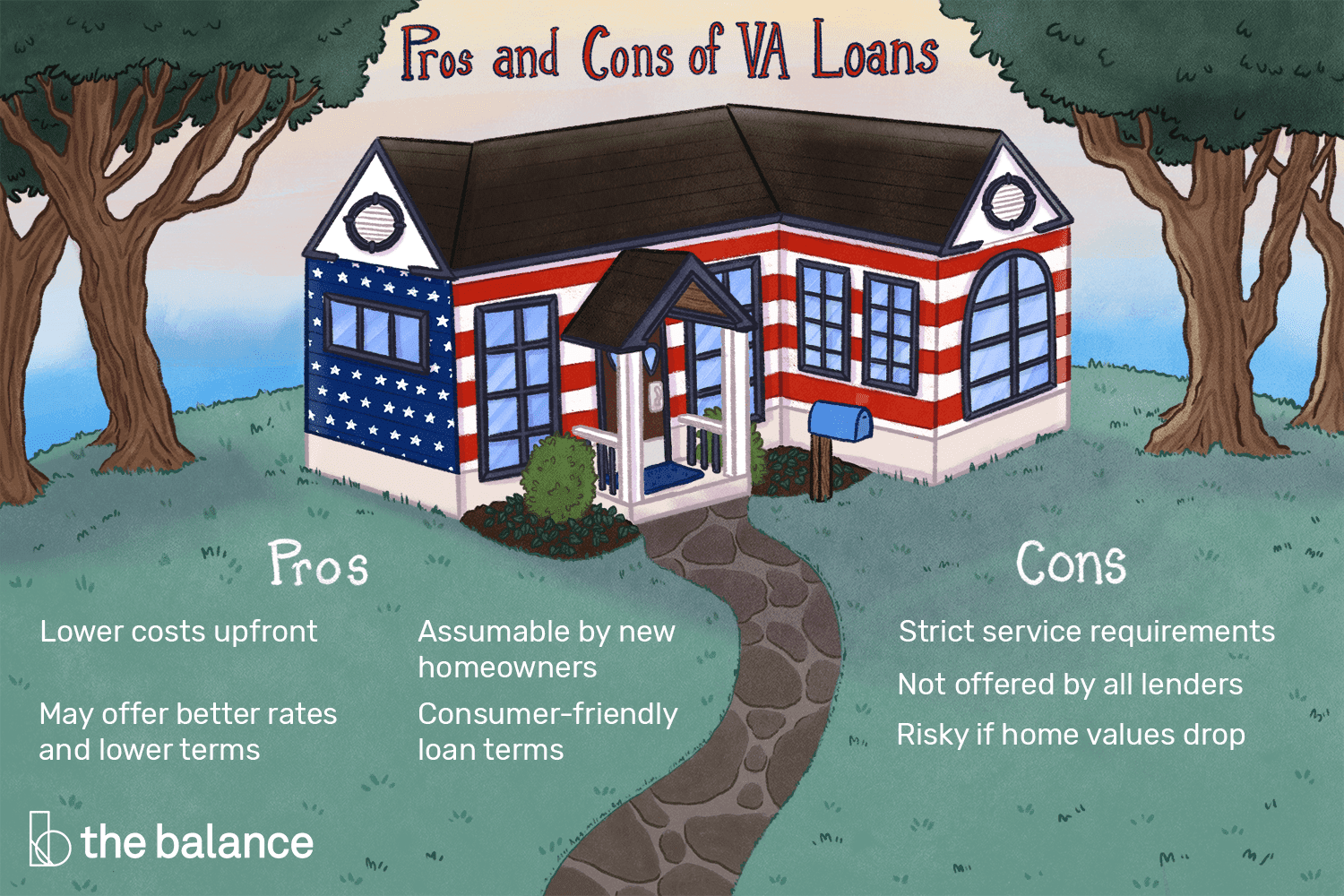Renting a DSLR camera can be an exciting experience, especially if you're looking to enhance your photography skills without making a significant financial investment. Whether you’re a budding photographer, a traveler wanting to capture stunning landscapes, or simply someone who enjoys documenting life’s moments, using a DSLR camera on rent can be a fantastic option. Here are some tips to help you make the most out of your rented gear and ensure you capture great shots.
1. Understand the Basics of Your Camera
Before diving into photography, it’s essential to familiarize yourself with the basic functions of your rented DSLR camera. Most DSLR cameras have similar controls, but each model may have unique features.
- Read the Manual: Start by reading the manual that comes with the camera. It will help you understand the buttons, modes, and settings specific to your model.
- Explore the Settings: Get comfortable with the settings such as aperture, shutter speed, ISO, and white balance. Understanding these elements will give you more control over your images.
2. Choose the Right Lens
The lens you choose can dramatically affect the quality and style of your photographs. Many rental services offer a variety of lenses, so consider the type of photography you plan to do:
- Wide-Angle Lenses: Ideal for landscapes and architecture, wide-angle lenses allow you to capture more of the scene in a single shot.
- Telephoto Lenses: Perfect for wildlife and sports photography, telephoto lenses let you zoom in on subjects from a distance.
- Prime Lenses: Known for their sharpness and low-light capabilities, prime lenses have a fixed focal length and can produce stunning portraits.
3. Use the Right Settings for Different Scenarios
Depending on the shooting conditions, you'll want to adjust your camera settings accordingly. Here’s a quick guide:
- Low Light: Increase your ISO to capture more light, but be careful of noise in your images. Use a wider aperture (lower f-number) to allow more light to hit the sensor.
- Bright Light: Lower your ISO and use a smaller aperture (higher f-number) to prevent overexposure. Utilize a fast shutter speed to freeze motion, especially in bright daylight.
- Action Shots: Set your camera to burst mode (continuous shooting) to capture multiple frames in quick succession. Use a faster shutter speed to ensure you don’t blur your subject.
4. Composition is Key
Good composition can transform an ordinary shot into an extraordinary one. Here are some tips to keep in mind:
- Rule of Thirds: Imagine your frame is divided into nine equal parts by two horizontal and two vertical lines. Place your subject along these lines or at their intersections to create a more balanced composition.
- Leading Lines: Use natural lines in the environment, such as roads or rivers, to draw the viewer's eye into the image.
- Framing: Utilize elements in the scene, like branches or windows, to frame your subject, adding depth and focus.
5. Experiment with Different Angles and Perspectives
One of the advantages of using a DSLR camera on rent is the opportunity to experiment without worrying about the cost. Try different angles and perspectives to make your shots more interesting:
- Get Low: Shooting from a lower angle can give a dramatic perspective and emphasize your subject.
- Go High: Conversely, shooting from above can provide a unique view of a scene, especially in crowded places or landscapes.
- Move Around: Don’t be afraid to move around your subject. Changing your position can reveal new compositions and details.
6. Practice, Practice, Practice
The best way to improve your photography is to practice regularly. Rent the DSLR camera for an extended period if possible, allowing you ample time to experiment and learn.
- Take a Variety of Shots: Capture landscapes, portraits, close-ups, and candid moments to understand what works best for you.
- Review and Learn: After each session, review your photos to see what you like and what you could improve. This will help you refine your skills.
7. Post-Processing Matters
Once you’ve captured your images, consider spending some time in post-processing to enhance your photos further:
- Editing Software: Use software like Adobe Lightroom or Photoshop to adjust exposure, contrast, and color balance.
- Crop and Align: Don’t hesitate to crop your images for better composition or to straighten horizons.
- Filters and Effects: Explore different filters and effects, but use them sparingly to avoid overwhelming your image.
8. Return Your Camera in Good Condition
After you’ve made the most of your rented DSLR camera, ensure you return it in good condition.
- Clean the Lens: Use a microfiber cloth to clean the lens before returning the camera. Avoid using your fingers or any harsh materials that might scratch the surface.
- Charge the Battery: If your rental came with a battery, make sure it is charged before returning it.
- Check for Accessories: Ensure you return all accessories that came with the rental, such as the camera bag, charger, and any additional lenses.
Conclusion
Renting a DSLR camera is a fantastic way to explore photography without a hefty investment. By understanding the camera’s features, choosing the right lens, experimenting with settings and compositions, and practicing regularly, you can significantly enhance your photography skills. With these tips in mind, you’ll be well-equipped to capture stunning images and make the most of your rented DSLR camera. Happy shooting!





